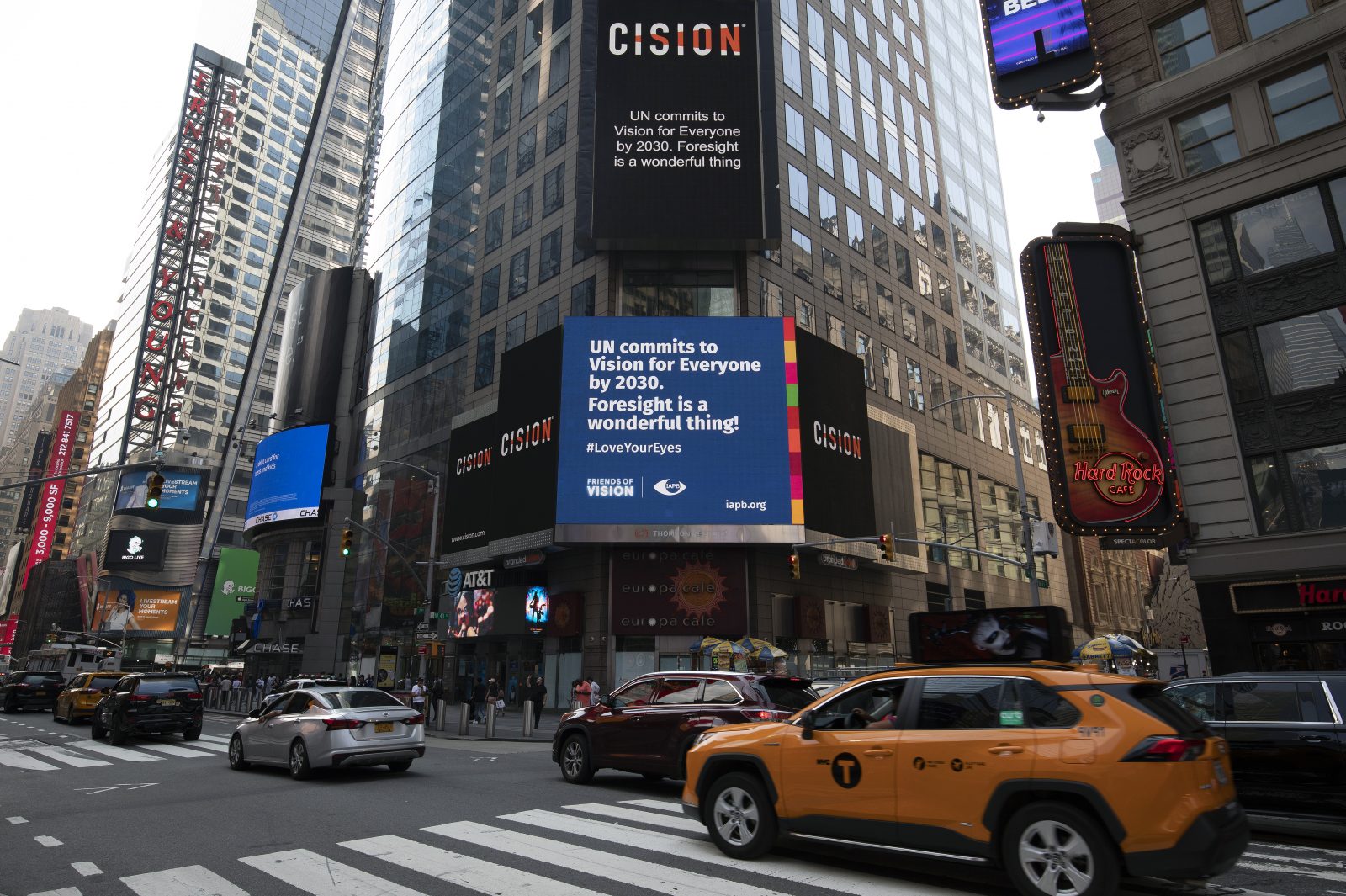Global Policy Impact

Improving eye health worldwide requires increased prioritisation and funding from governments and international bodies. This in turn needs powerful and robust evidence to make the case for addressing global vision impairment and blindness.
ICEH has contributed to these efforts by:
Providing evidence for the first UN Resolution on Vision
(Seventy-fifth session Agenda, item 24, Vision for Everyone: accelerating action to achieve the Sustainable Development Goals)
This resolution recognised the current state of eye health and the importance of improving it, while calling on Member States to ensure access to eye care services for their population.
The resolution drew on evidence from the Lancet Global Health Commission on Global Eye Health, led by ICEH, which outlined the magnitude of global eye health, links between eye health and factors like mortality and productivity, and the direct positive effect of improving eye health on 7 of the United Nations’ Sustainable Development goals (SDGs).
Supporting data collection and curation for Global Estimates of Sight Loss
An important part of the Commission on Global Eye Health was the definition of the magnitude of eye health in 2020. These estimates were provided by the Vision Loss Expert Group (VLEG) which takes the majority of its data from Rapid Assessment of Avoidable Blindness (RAAB) surveys. RAAB was co-developed by ICEH. The current version of RAAB is supported and managed by the ICEH group.
These global estimates are used to advocate for improved eye health globally and develop national and international policy.
Global Eye Care Targets
In 2021, the World Health Assembly endorsed two new ambitious global eye care targets for 2030:
• A 30-percentage point increase in effective cataract surgical coverage (eCSC) and
• A 40-percentage point increase in effective refractive error coverage (eREC)
eCSC and eREC, which were initially proposed or defined by ICEH team members, help to show how successfully countries are addressing the main causes of vision impairment in their populations. They can also act as proxy indicators for the overall monitoring within Universal Health Coverage (UHC), which aims to ensure all people worldwide can access quality health services.
ICEH has also been at the forefront of developing and reporting estimates for these targets:
• In 2022 we jointly published data with WHO and VLEG on the baseline estimates for eCSC and eREC for many countries in 2021
• We have contributed to establishing estimate for progress to the 2030 goal for eREC
• Later in 2025 we will publish updates on progress to the 2030 goal for eCSC
• Rapid Assessment of Avoidable Blindness Surveys (RAAB), which is managed by ICEH, is the main source of data for these estimates
